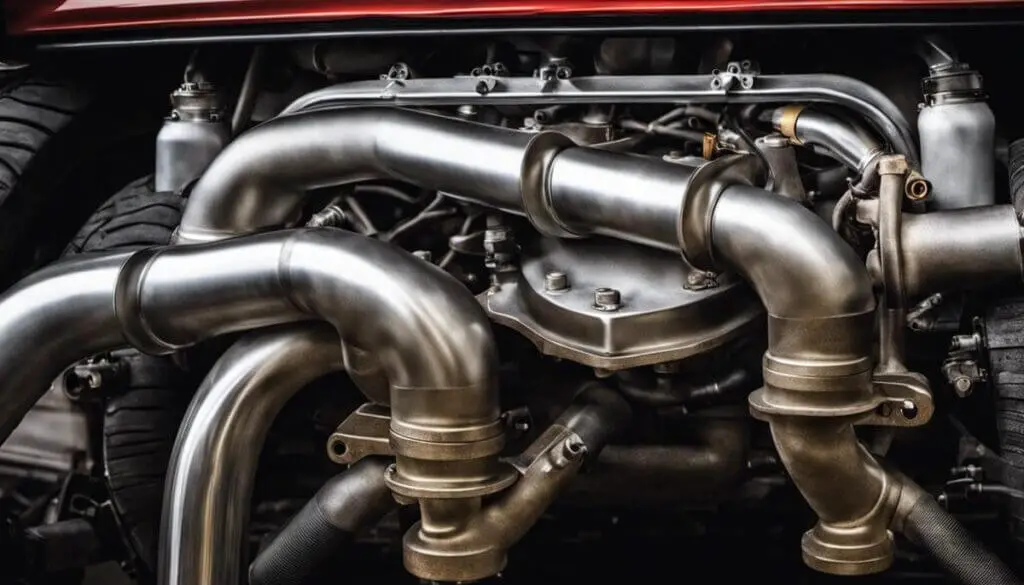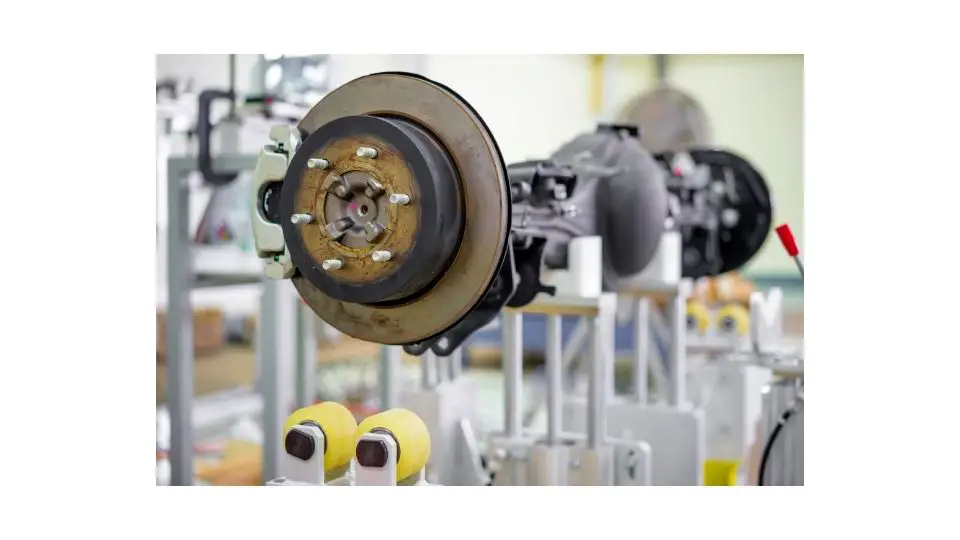When it comes to the smooth operation of your vehicle, every component plays a critical role. Among these, the exhaust manifold tends to be overlooked, despite its importance in regulating engine efficiency and facilitating the escape of exhaust gases. Understanding its role, staying aware of potential issues, and becoming savvy about replacement costs and procedures can boost your vehicle performance and save you from unexpected expenditure. In this enlightening exploration, we’ll delve into the intricacies of exhaust manifolds, common problems they encounter, factors influencing replacement costs, DIY versus professional replacement decision, and ultimately, maintenance tips to extend their lifespan.
Understanding exhaust manifolds
Exhaust Manifolds: The Unsung Heroes of Your Vehicle!
First things first, let’s break down the basics. What exactly are exhaust manifolds? Any car aficionado or seasoned mechanic will tell you – these are crucial components of your engine’s core functionality. Positioned on the side of the engine, these often underappreciated parts serve as the first stop for the exhaust gases generated during internal combustion.
Imagine exhaust manifolds as the seasoned trumpet player in the orchestra of your engine, harmoniously guiding the tunes (in this case, exhaust gases) to the larger ensemble (the exhaust pipe). They provide a pathway, taking each cylinder’s exhaust and combining it into one pipe.
But why are exhaust manifolds essential? Picture a well-organized mail sorting system: every piece of mail (exhaust gas) is delivered from various addresses (engine cylinders) to one centralized location (exhaust pipe). This coordination ensures smooth operation, increased performance, and an overall cleaner, more efficient system. Without this integral part, the engine would suffer, affecting everything from fuel efficiency to smooth operation.
Think of it this way – the engine cylinders generate high amounts of heat, and if not properly guided, this could lead to overheating, causing significant damage. The exhaust manifold, made of highly durable iron or steel, boasts the capacity to withstand extreme temperatures while efficiently channeling these gases. In this way, it plays an underappreciated yet pivotal role in safeguarding the engine.
Moreover, exhaust manifolds have a significant impact on maintaining your car’s performance levels. By efficiently managing the exhaust flow, they affect the backpressure in an engine, which, in turn, can influence engine operation and power output. So, the next time you rev the engine and feel that seamless performance, know that your exhaust manifold played a part in that smooth ride.
Keeping your manifold working in top form is critical. Always be attentive to warning signs, such as a noisy engine or decreased performance. Corrosion or damage can lead to exhaust leaks, which might even cause toxic fumes to enter the passenger cabin.
So there you have it! A tip of the hat to these sturdy, hard-working, unsung heroes. Next time you’re under the hood, give your manifold a well-deserved pat – appreciating its intricate role in making your driving experiences smooth, efficient, and powerful.
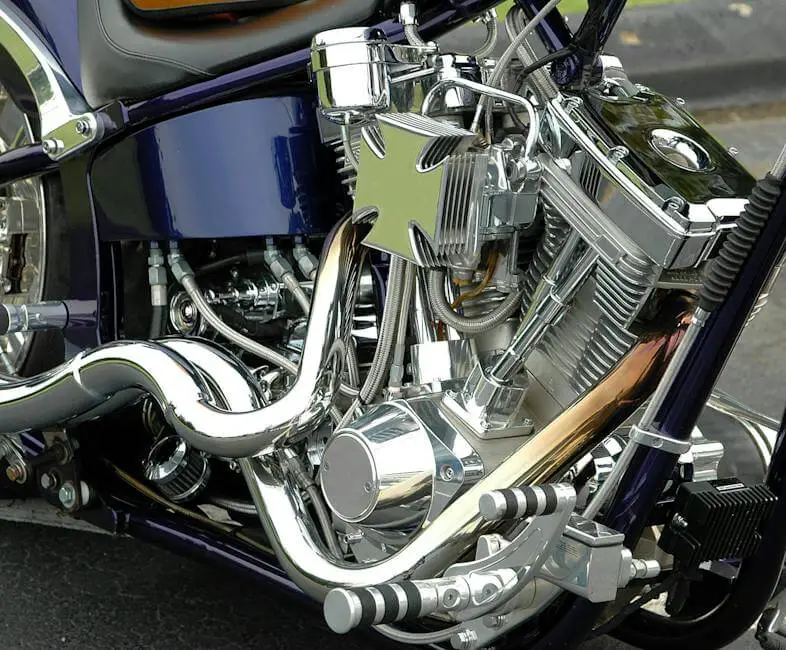
Common problems with exhaust manifolds
Venturing further into the fascinating world of exhaust manifolds, the focus now shifts to the typical issues encountered with these integral components. Despite their vital role and significance, exhaust manifolds are not exempt from imperfections and troubles. Ensuring optimum performance often means tackling these inevitable problems head-on.
A big enemy working against exhaust manifolds is heat. Continual exposure to the intense heat of combustion gases can lead to metal fatigue. Over time this can result in exhaust manifold cracking. This is one of the most common issues endured by these components. Once a crack develops, it allows for an exhaust leak. Glass pack mufflers can quiet the noise of these leaks, but this isn’t a permanent resolution. Cracks must be repaired promptly to avoid exacerbating the issue and causing further damage down the line.
Moreover, the manifold gaskets, seals that exist between the exhaust manifold and the engine, may also fail. Working conditions for these seals are harsh and they may deteriorate over time, resulting in leaks. These leaks not only compromise engine performance but can also introduce harmful exhaust fumes into the vehicle’s cabin, posing significant health risks.
Another issue may arise due to accumulation of carbon deposits within the manifold. These deposits can obstruct the smooth flow of exhaust gases, impacting overall engine efficiency. Possible causes of this issue can range from incomplete combustion to poor fuel quality. Whatever the cause, a journey to uncover and rectify the root can ensure smoother journeys ahead and a healthy life for the exhaust manifold.
Exhaust manifolds can also suffer from warping; an issue typically found amongst manifolds made from cast iron. As iron tends to expand and contract with temperature changes, continual cycling between high and low temperatures can lead to deformation of the manifold. This warping can cause misalignment between the engine and the manifold, fostering leakages, not to mention potential damage to raced styled exhaust tips.
When it comes to aftermarket modifications, improperly installed turbochargers or superchargers can exert additional stress on the exhaust manifold. The increased exhaust flow can accelerate wear and tear, leading to premature manifold failure. Ensuring correct installation and proper tuning can go a long way in protecting the manifold from such undue stress.
In conclusion, even though exhaust manifolds are robust and designed to cope with demanding conditions, they are still susceptible to problems. Recognizing and acting on these common symptoms can help avoid performance loss, costly repairs, and elongated pit stops. Ultimately, exhaust manifolds cannot be neglected, and knowing how to manage these issues is key to maintaining optimal engine performance. However, a problem is only a pitstop: power through it, and the drive ahead is always smooth sailing!

Assessing the cost of an exhaust manifold replacement
Understanding the Cost Factors of Exhaust Manifold Replacement
The automobile world is an excitingly complex universe, where every part has a significant role. As the heart of the car, the engine relies on various components to function optimally, and one of them is, undoubtedly, the exhaust manifold. It’s like the lungs of your vehicle, expelling exhaust gases safely away from the engine, helping it to breathe easier and perform better.
But what happens when this critical piece starts playing out of tune? Well, it can be quite costly, and the final bill for an exhaust manifold replacement can be influenced by a myriad of factors. Let’s uncover those now.
First off is the manifold type. Depending on the vehicle design, there might be different manifolds that are compatible with it. Each type can significantly fluctuate in cost, ranging from budget-friendly cast-iron manifolds to premium-quality stainless steel or aluminum ones. The choice between these, whilst predominantly a budgetary decision, should also take into account endurance and longevity.
Then, there’s the aspect of labor costs. Luckily, replacing an exhaust manifold, while a critical fix, doesn’t involve as broad a range of skills as one might initially assume. Yet, it does require a decent chunk of time, especially when pesky rusted bolts refuse to budge. Labor costs can vary drastically by geographic location and by shop, so it’s wise to do a touch of homework first.
Don’t forget about the severity of the manifold issue. A minor problem, such as a small crack, can perhaps be remedied by a simple welding job, saving you big bucks! However, extensive damage or severe warping might necessitate an entire manifold replacement. Make sure to get a second opinion and weigh your options wisely.
Add-on components like turbochargers or superchargers also affect the final bill. Removing or working around these extras require more time and effort, hence whipping up the labor cost substantially.
The vehicle age, make, and model also put in their two cents towards the final cost. Older, high-mileage vehicles or those with more complex engine systems can escalate the costs further, thanks to their rare parts or complicated procedures.
Finally, let’s not overlook the potential of peripheral damage. Damaged exhaust manifolds often lead to a ripple effect, causing damage in the adjoining components like oxygen sensors or catalytic converters, raising that replacement bill even more.
Truth be told, the cost of an exhaust manifold replacement is influenced by an intricate web of factors, and no one-size-fits-all number can be quoted. However, understanding these aspects can surely help a motorsport enthusiast make an informed decision when the need produces the sound of its impending arrival, literally! Keep your ears to the engine, motorheads, and remember, no melody is as sweet as a well-tuned engine purring like a contented cat!
And with that, it’s time to hit the garage! Keep those engines blazing and the rubber burning!
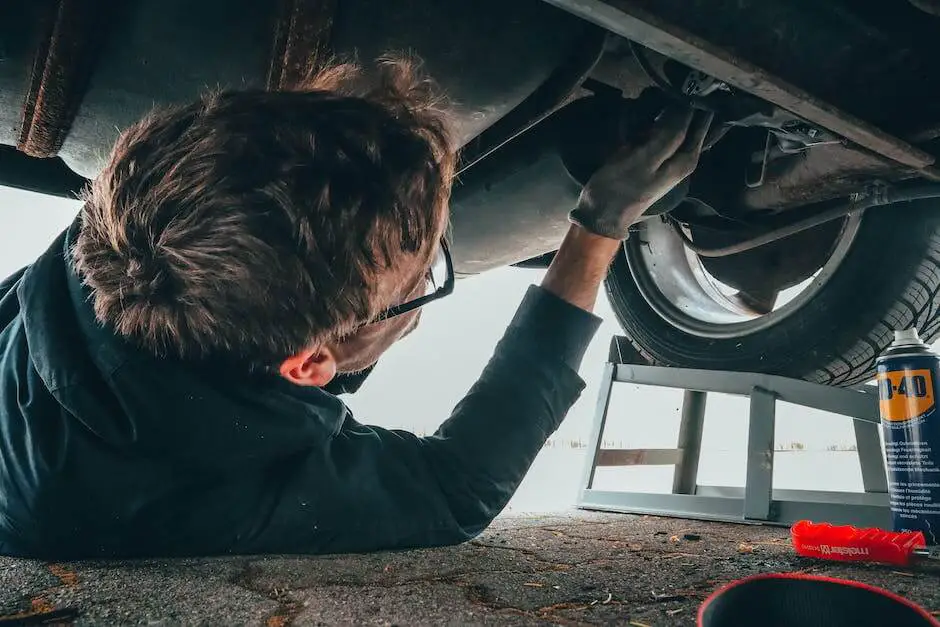
DIY or professional replacement: Pros and cons
Now that we’ve looked into the basics of exhaust manifolds, how they work, the role they play in your vehicle’s performance and the multifaceted issues they can deal with, let’s tackle the real question; should you brave a DIY exhaust manifold replacement or delegate this task to a seasoned professional mechanic?
At the core of this choice is a trade-off between time, cost and skill. DIY might save you a significant chunk of cash but will undoubtedly consume more of your time and requires a certain level of technical expertise. Engaging a professional tends to be quicker and less stressful, however, it’s undoubtedly costlier.
As a diligent car enthusiast, cost-saving and getting your hands dirty may be appealing to you. If you choose the DIY path, keep in mind that you will need specific tools such as a torque wrench, socket set, and breaker bar for the removal, but also gasket scrapers and sealant for the installation of the new manifold. Besides the tools, investing in a good repair manual is a must. The procedure is generally straightforward but can be time-consuming and meticulous, particularly if rusted bolts don’t cooperate.
When thinking about replacing an exhaust manifold yourself, it’s important to understand that this component is highly exposed to heat cycling. This causes the manifold to become brittle, especially if it’s made of cast iron. DIYing might lead to unanticipated issues such as broken bolts, which can turn a simple afternoon job into a several-day task requiring specialized tools and skills.
If the idea of potentially spending your whole weekend battling with rusty bolts doesn’t seem appealing, hiring a professional mechanic might be a wise decision. Professional mechanics have both the experience and the tools to handle these sorts of problems.
Now, let’s talk about the cost. The price of a new manifold will vary dramatically depending on your vehicle but is usually between $100-$400. The labor to install the manifold at a repair shop can start around $250, depending again on the make and model of the vehicle. Yes, you’d be saving that labor cost doing it yourself, but don’t forget: time is money, and unexpected difficulties can arise, potentially inflating that price.
It’s also important to think about potential peripheral damage. A seasoned mechanic can assess the situation and identify if there is any other damage caused by a faulty exhaust manifold. Skimming this could lead to more expensive repairs down the line, something you may miss if you aren’t trained to look for it.
Just like any other DIY project, replacing the exhaust manifold yourself can be a great opportunity to learn, experience and bond with your vehicle. But, it’s not quite like replacing an air filter. It requires solid mechanical skills, patience and dedication. If any of these are lacking, the safer and probably cheaper option down the line, might just be admitting defeat and heading to a trusted professional.
So, in conclusion, trust your instincts. Gauge your abilities and knowledge realistically against the severity of the task at hand and make a call. Remember it’s not a battle between DIY and professional help, but rather a decision on what’s more suitable for you, your car and ultimately, your wallet.

Maintaining your exhaust manifold
Now that we’ve cleared the basics and delved into the complexities, it’s time we get into the crux of matter – maintaining the health of your exhaust manifold. One must understand that preserving this crucial mechanical component is equivalent to safeguarding the engine’s overall performance. Let’s shed light onto the practical, foolproof ways to keep your exhaust manifold in top shape.
Regular Inspection is Key: If there’s one thing you can’t afford to compromise on, it’s regular inspection. This involves checking for any visible cracks, leaks, or the initial signs of potential damage. Regular checks can prevent minor issues from escalating into major problems, saving both time and sweat in the long run.
Keep Manifold Gaskets in Check: Gaskets create a competent seal that combat leaks. A fresher gasket fosters not just flawless engine management but also reinforces the longevity of the manifold. Any sign of wear or damage to these gaskets calls for immediate replacement.
Beware of Carbon Deposit: Cumulative carbon deposits can choke the performance of your vehicle. Regular cleaning becomes paramount to inhibit these deposits, ensuring neither the manifold nor the vehicle’s potency is compromised.
Watch the Temperature: Manifolds are prone to warping due to fluctuating temperature; thus, one must ensure optimal cooling. Installing reliable cooling systems and frequent coolant checks would help your manifold maintain its structure and functionality.
Turbocharger installments: Turbochargers and superchargers may pump up your vehicle’s performance but they also add stress on your exhaust manifold. The installation should be meticulous to ward off unnecessary stress that could potentially be damaging.
Maintain the Externals: Often, we ignore the peripherals while focusing on the core. Bad idea, indeed! Keeping the connections, bolts, fasteners, and clamps in excellent condition is imperative. A rusty or worn-out bolt is as damaging as a crack in the manifold itself.
In Conclusion: When it comes to maintaining your exhaust manifold’s health, a series of balanced and periodic checks — coupled with appropriate preventive measures — can make all the difference. Criminal or negligent behavior might lead to anything from fatal engine failure, expensive repairs, to compromised vehicle performance. Drive smart, space out the revs, and keep a close eye on the manifold – after all, there’s always beauty in the details!
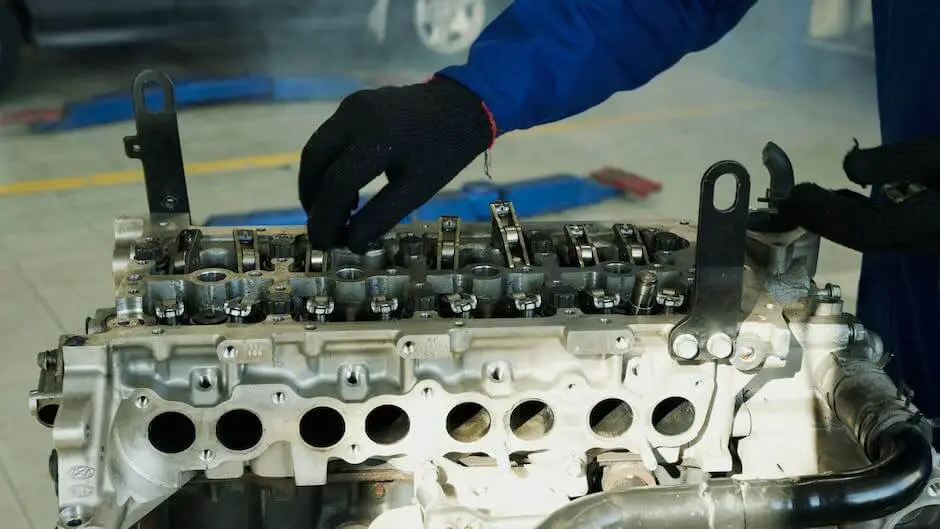
Armed with knowledge about the exhaust manifold, its functionality, common problems, and replacement cost breakdown, you can now make informed decisions regarding this vital car component. Whether you are a DIY enthusiast or consider leaning on professional assistance, understanding this aspect is crucial for optimized car performance and reduced unexpected costs. As the lifeblood of your engine’s exhaust system, treating your manifold with care and attentiveness can go a long way. Regular check-ups, preventive measures, and responsible upkeep can keep your vehicle purring happily on the road, embarking on yet another journey, for longer. After all, a car is not merely a mode of transport, but a partner sharing in our life’s road trips and adventures.

